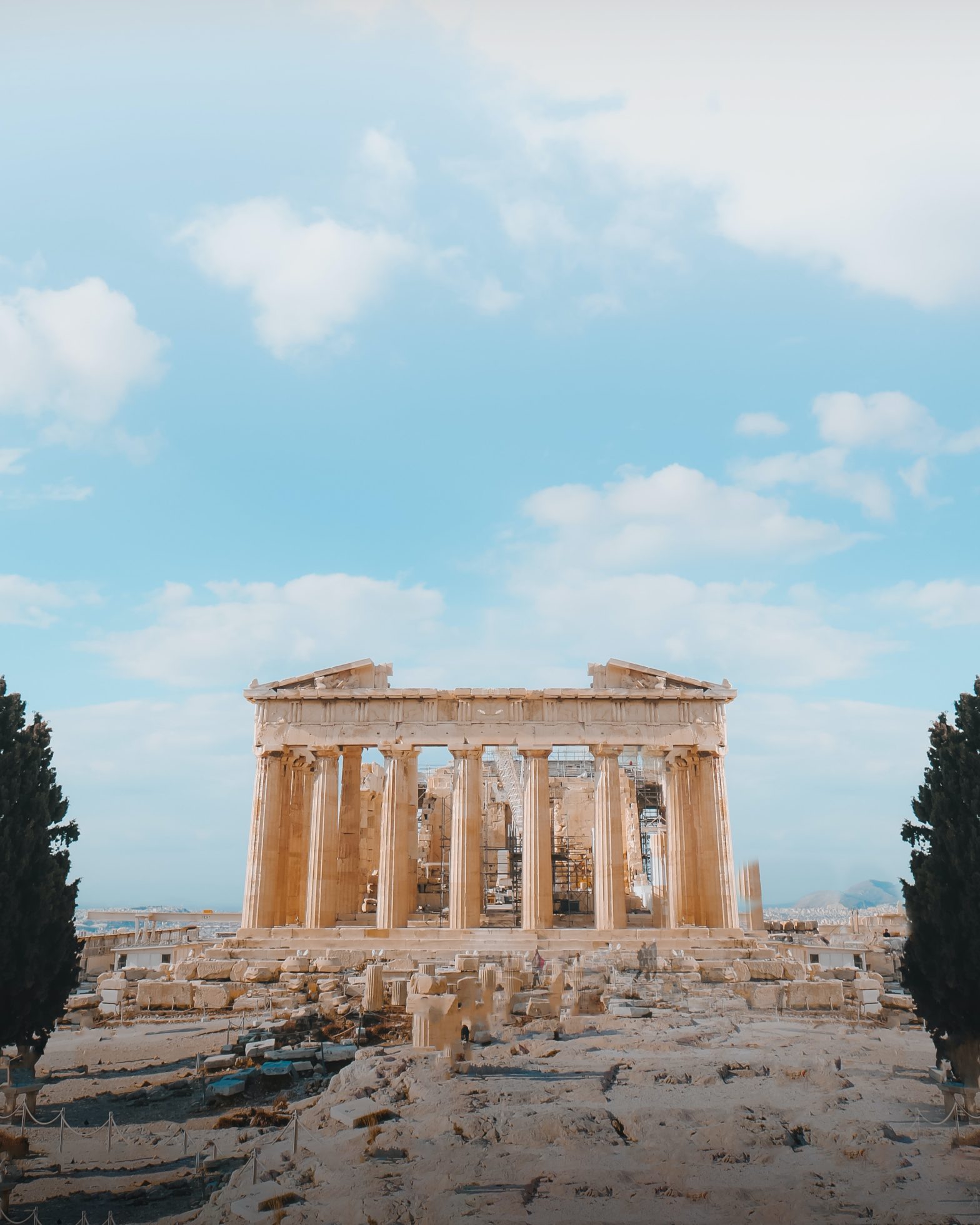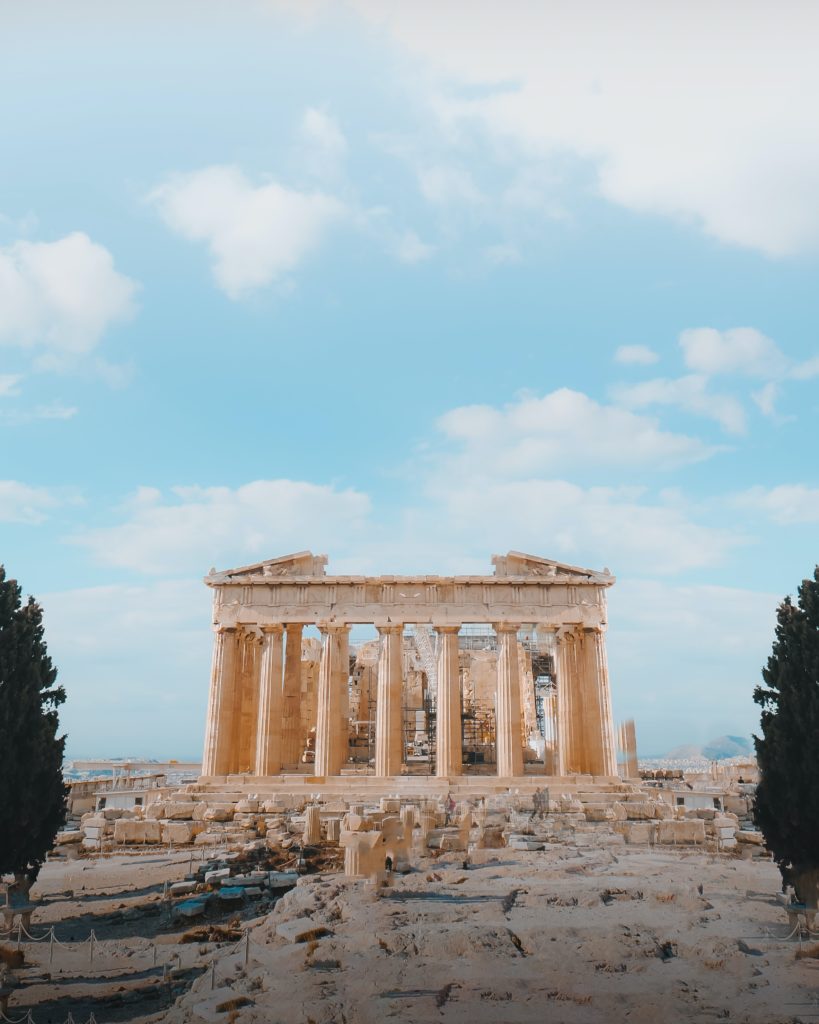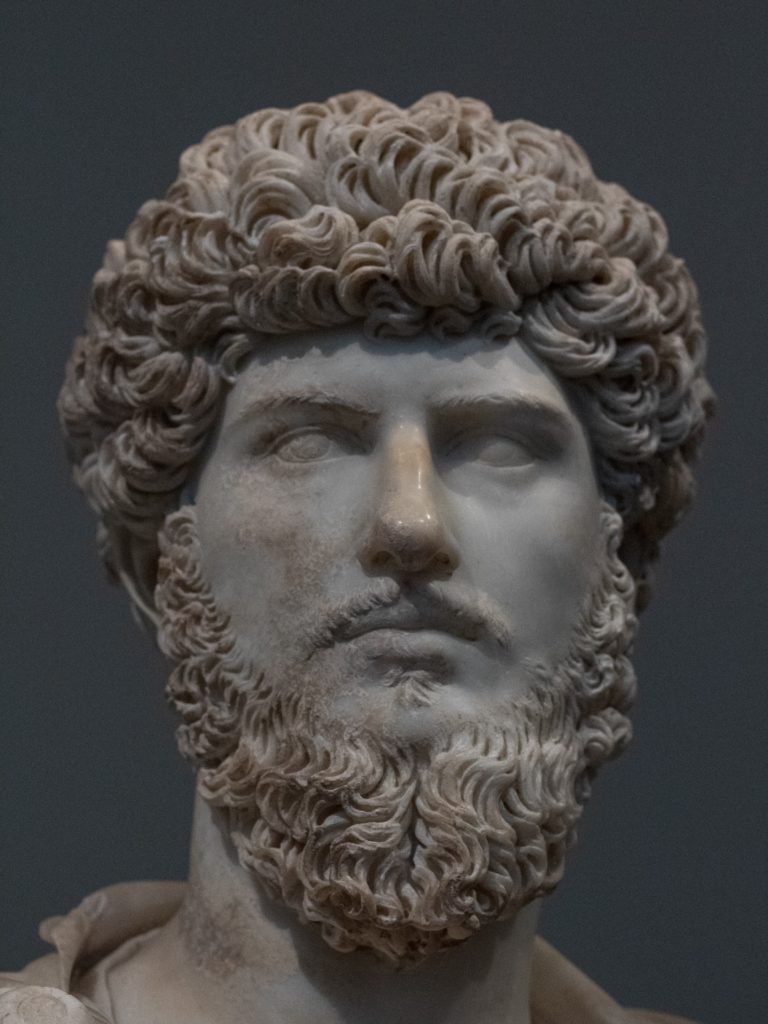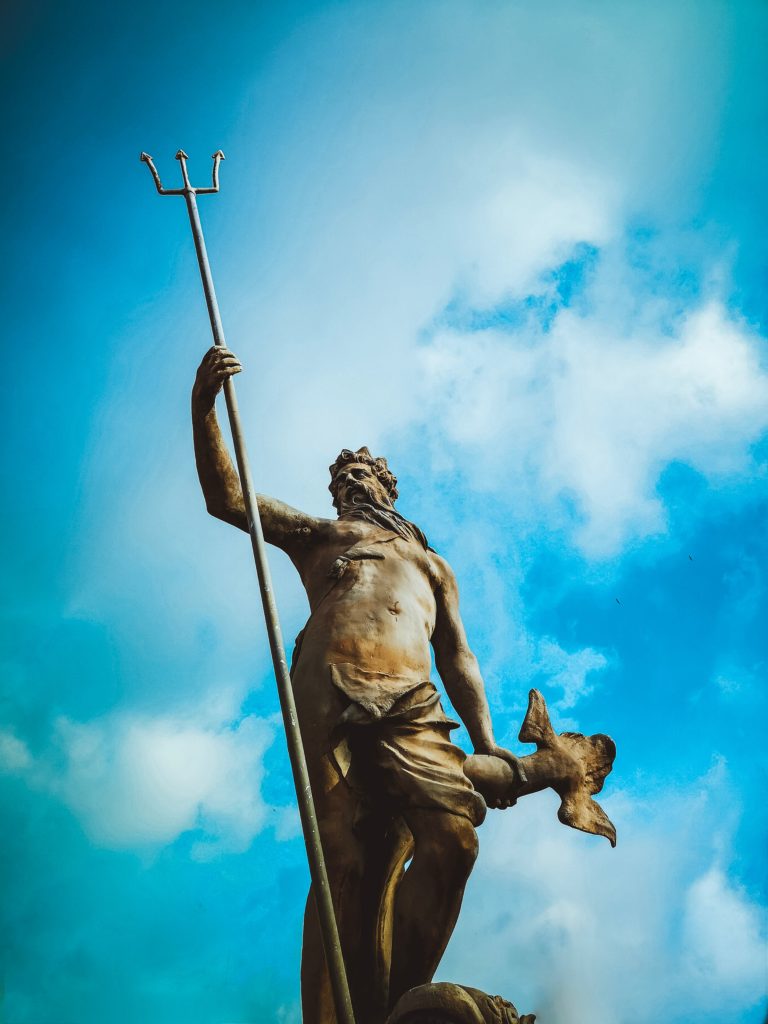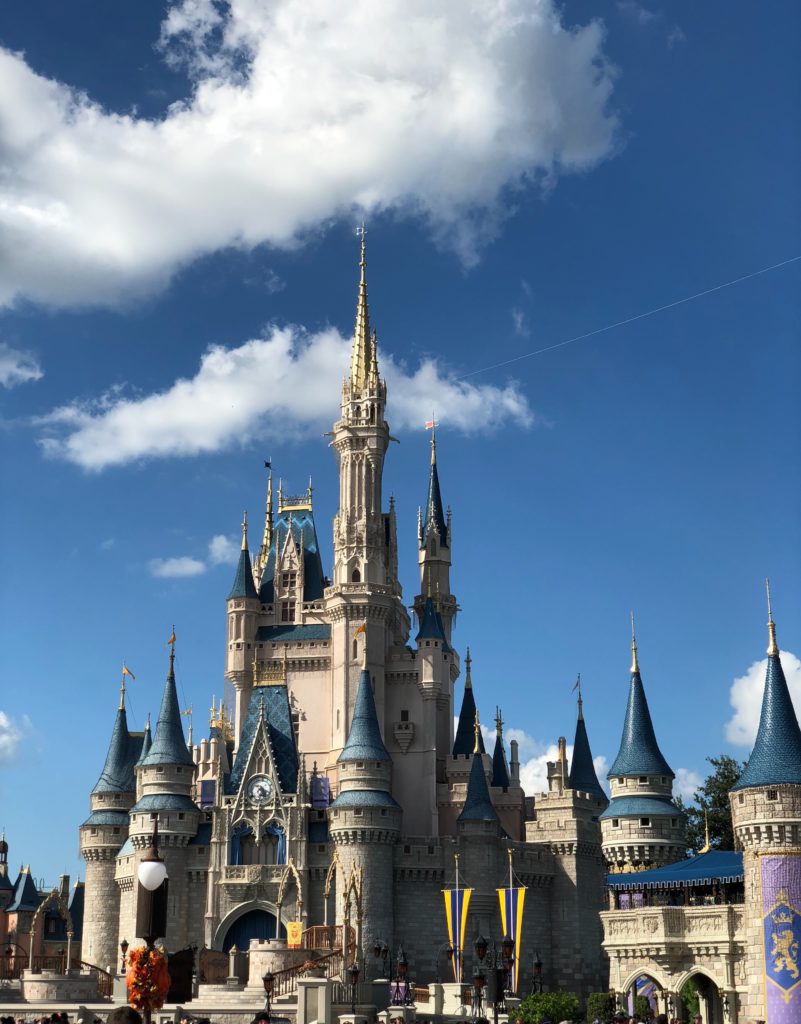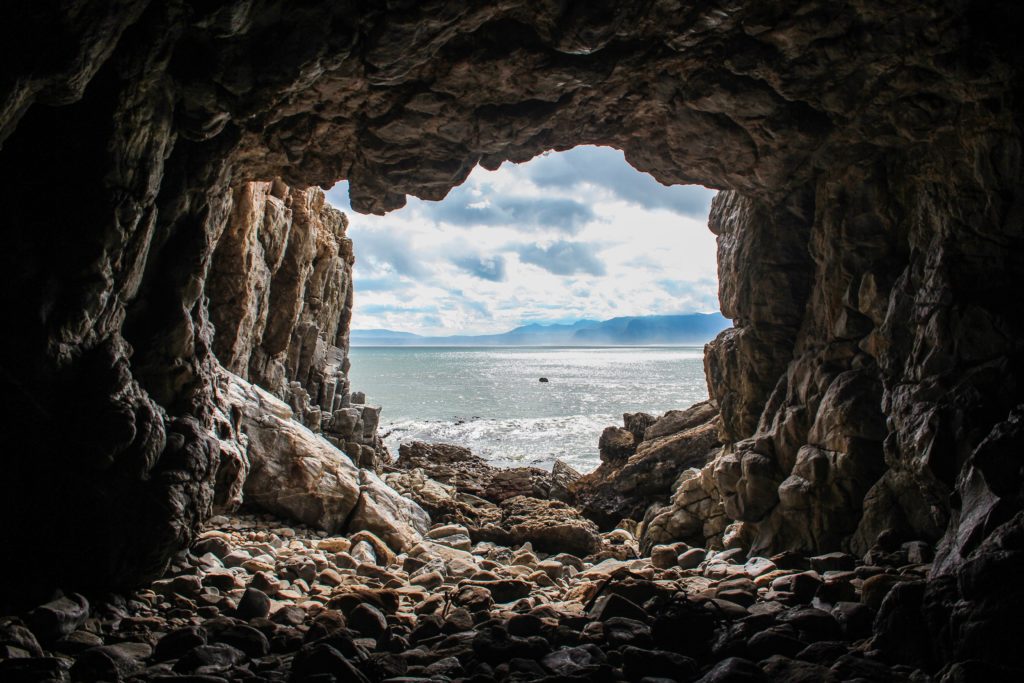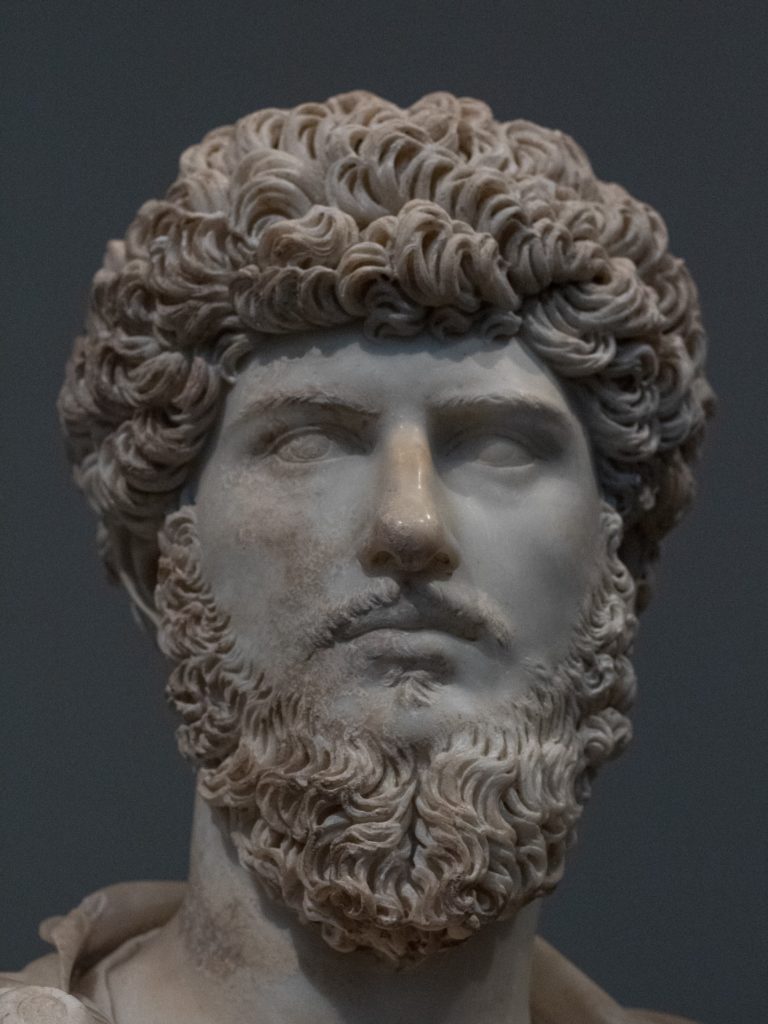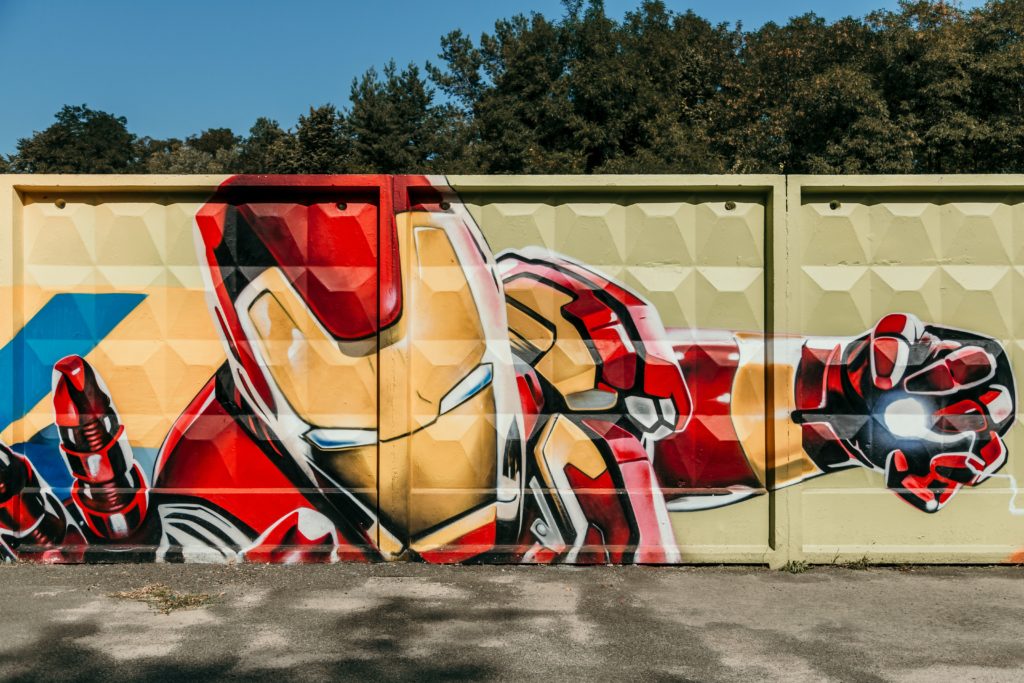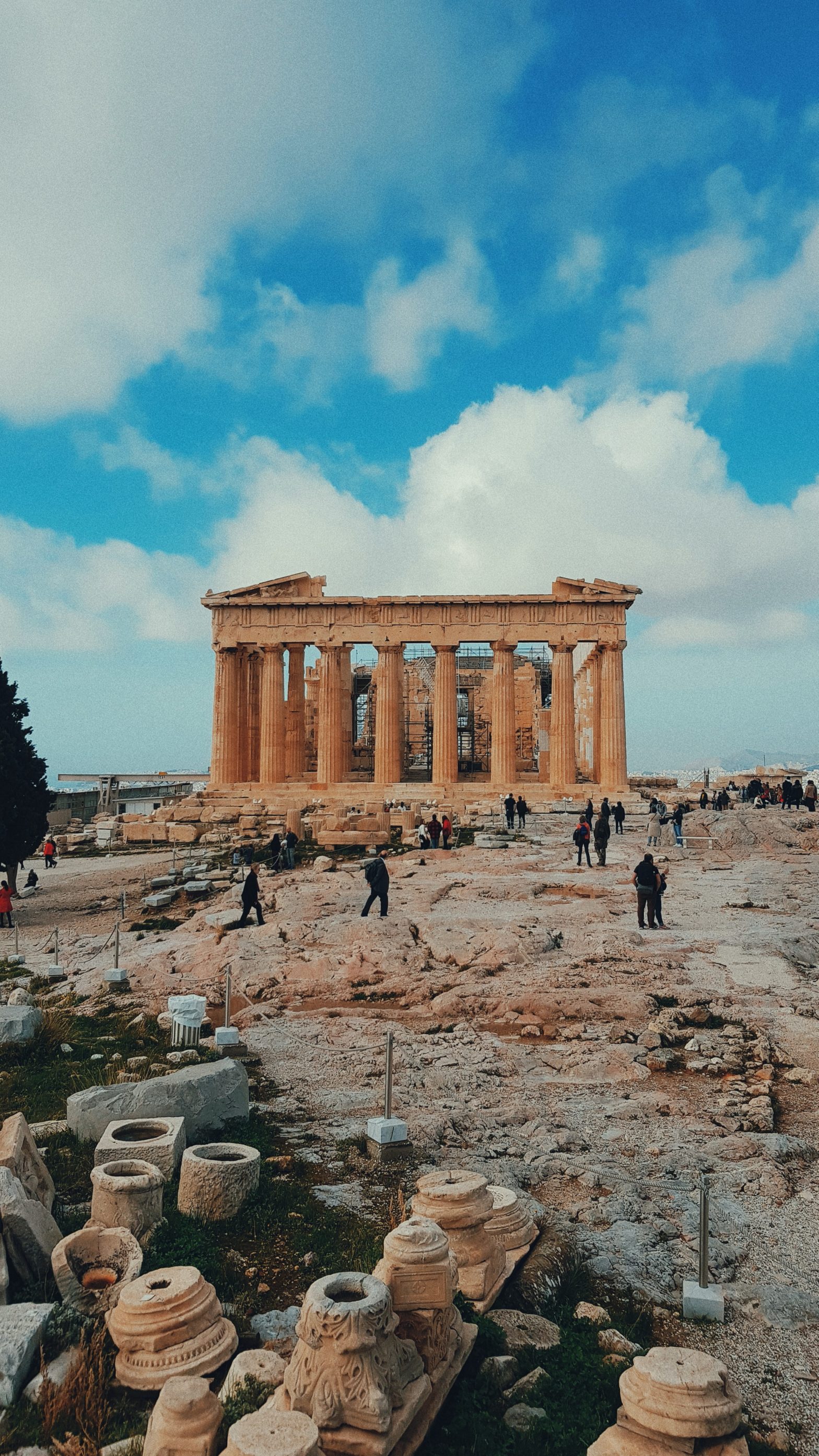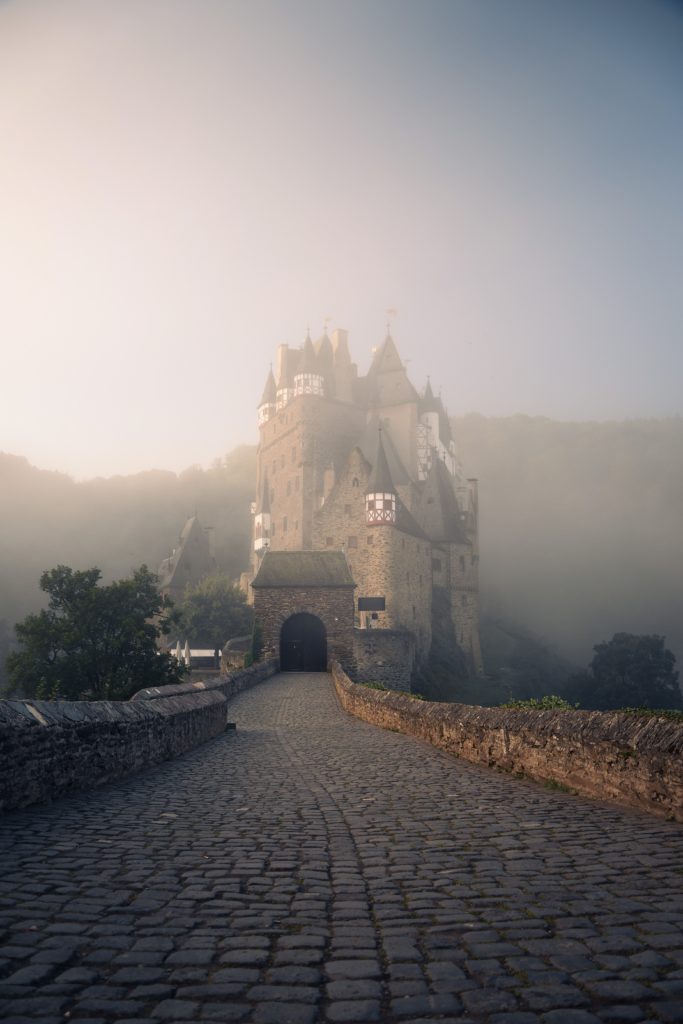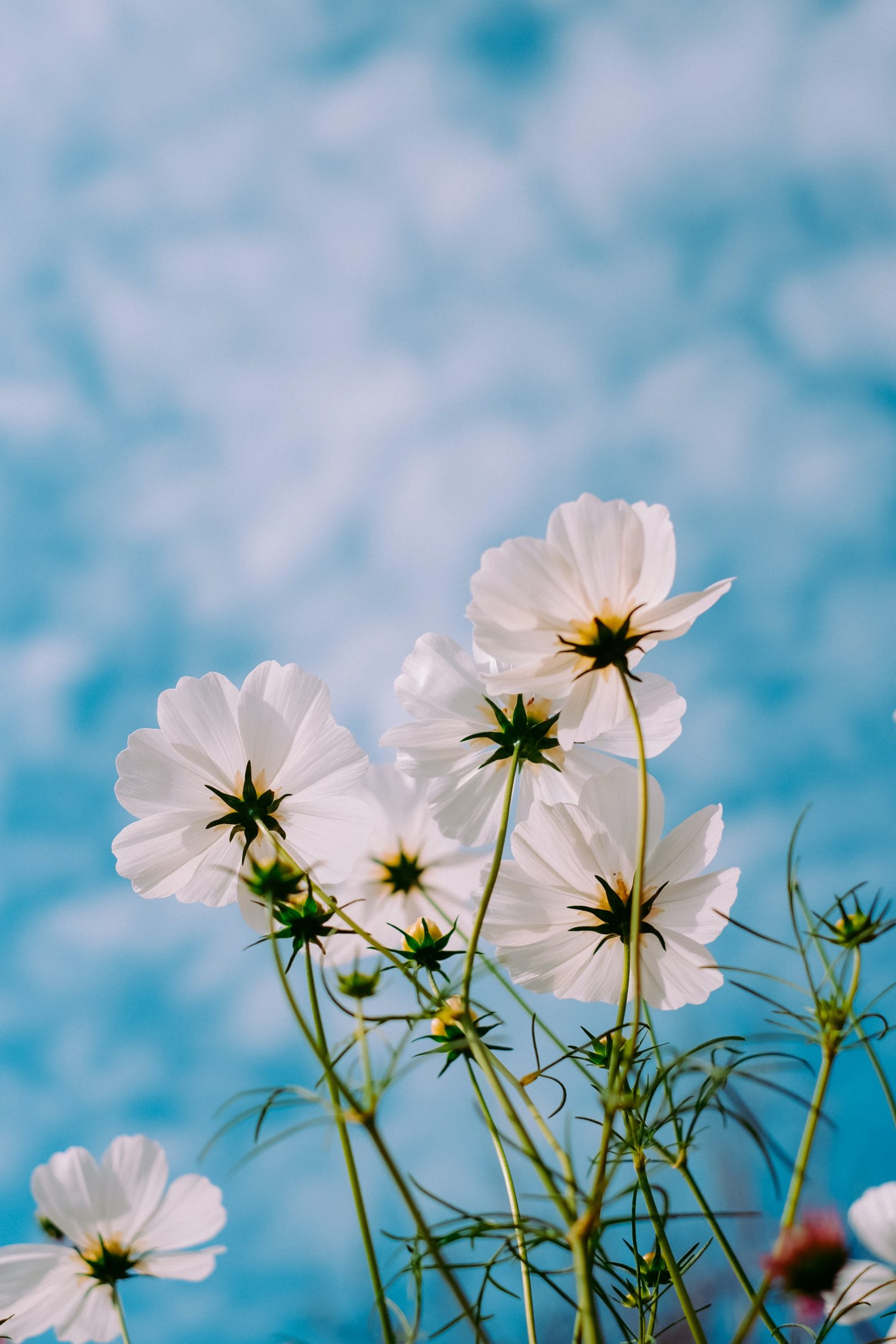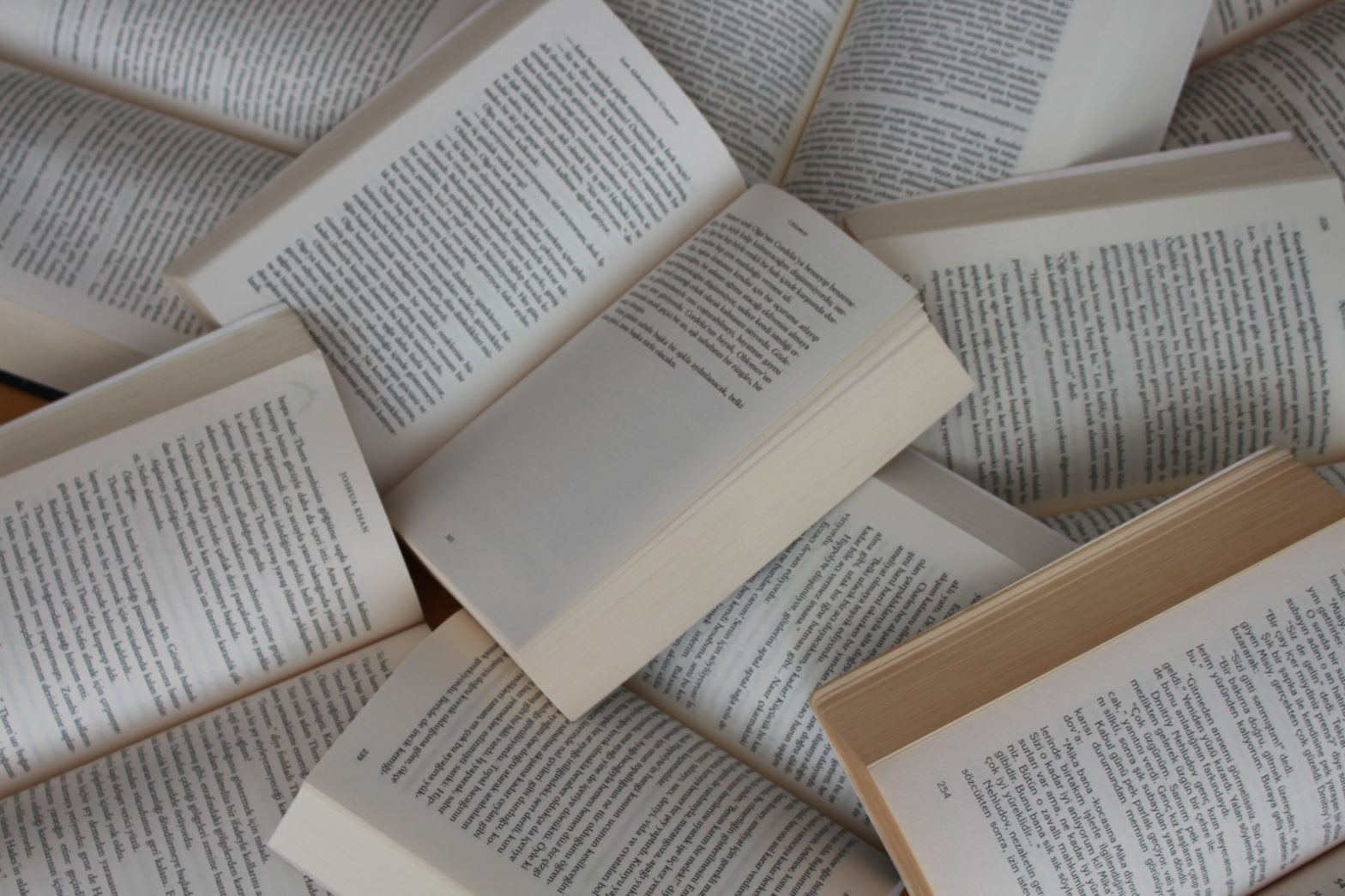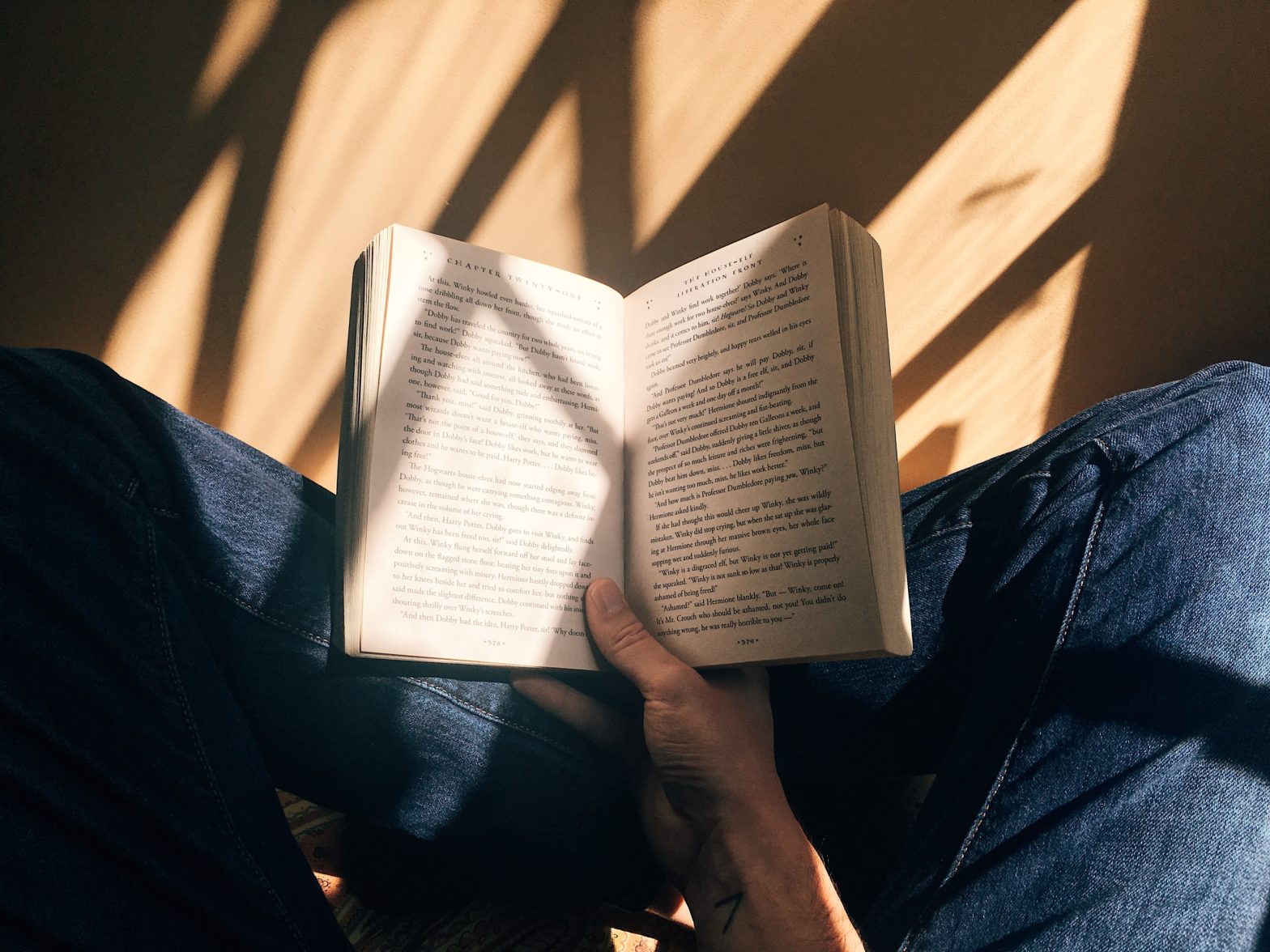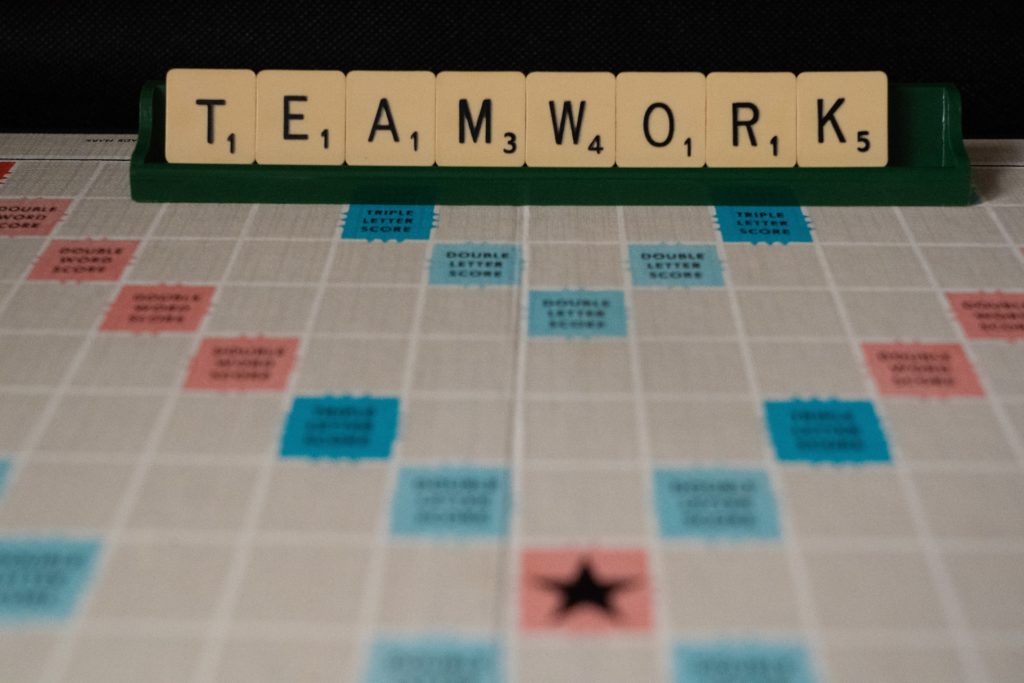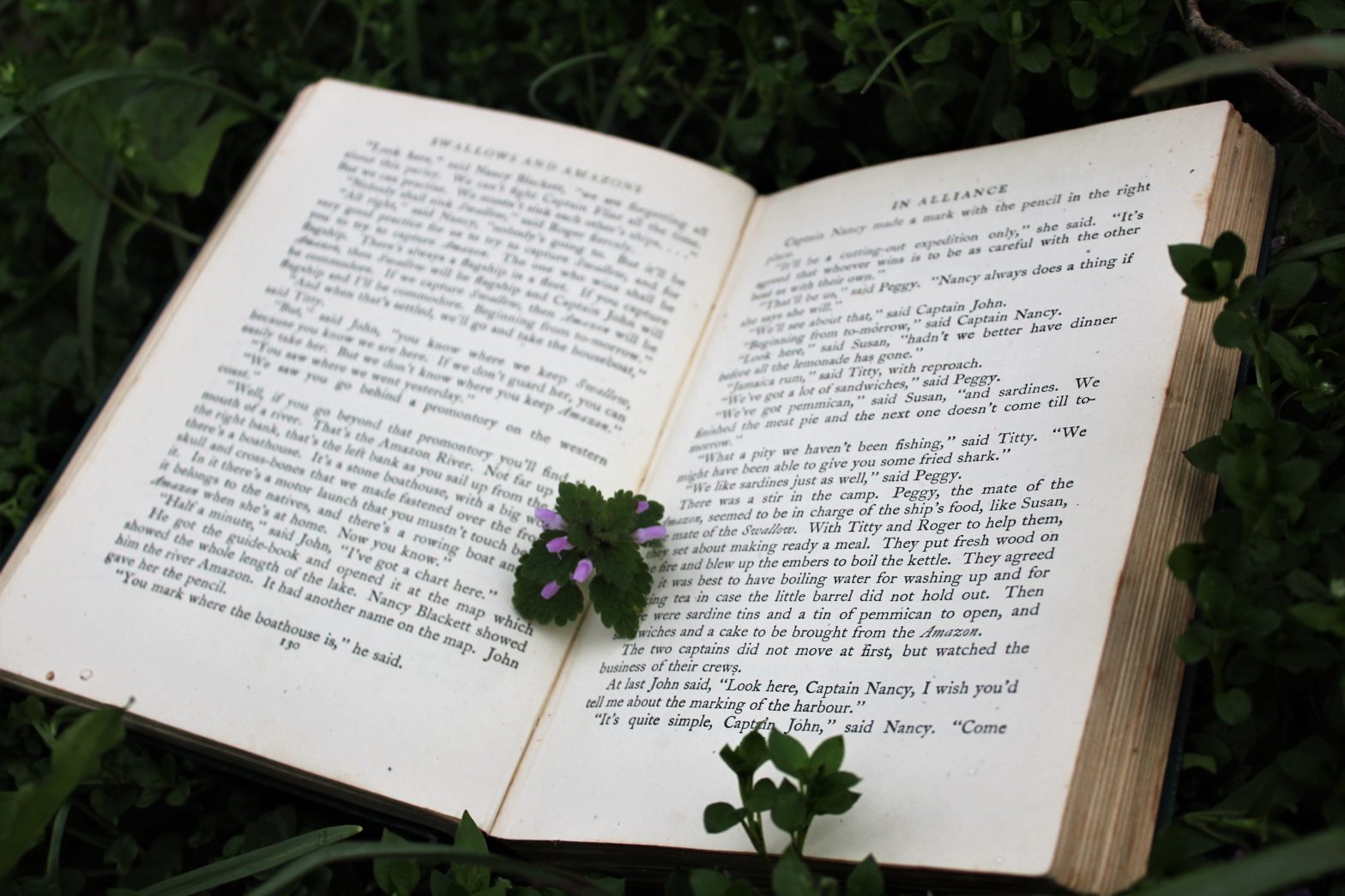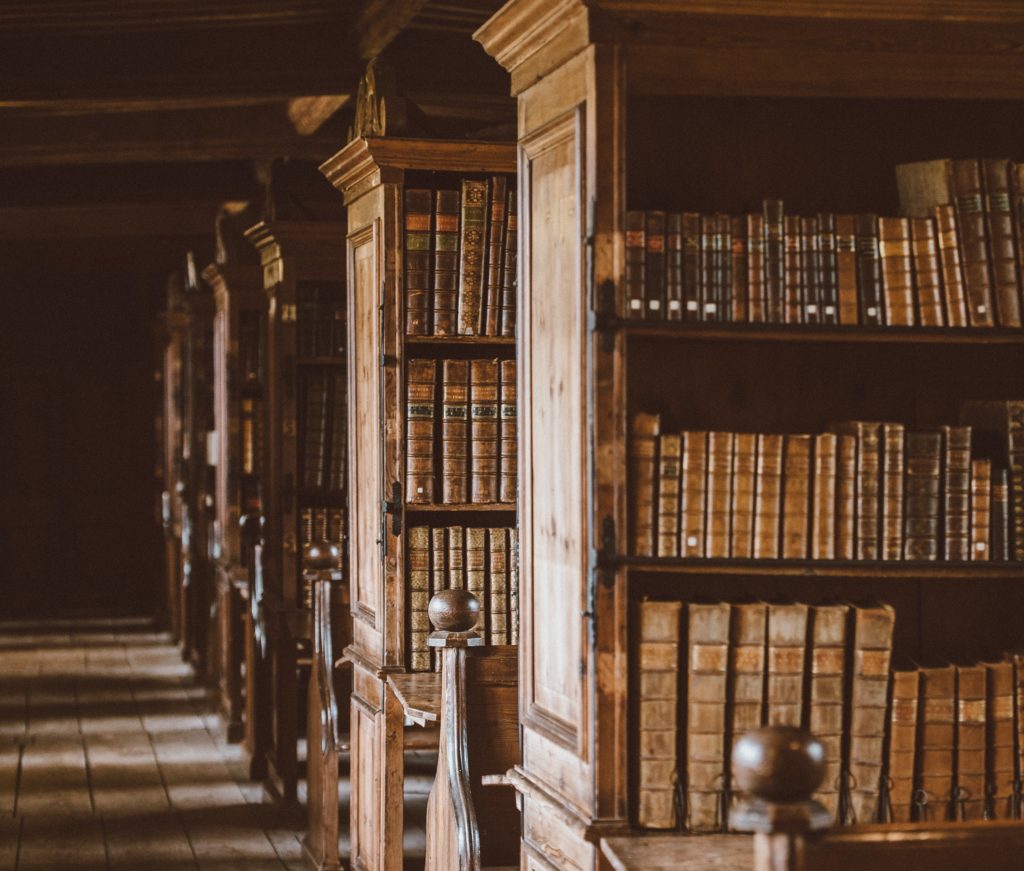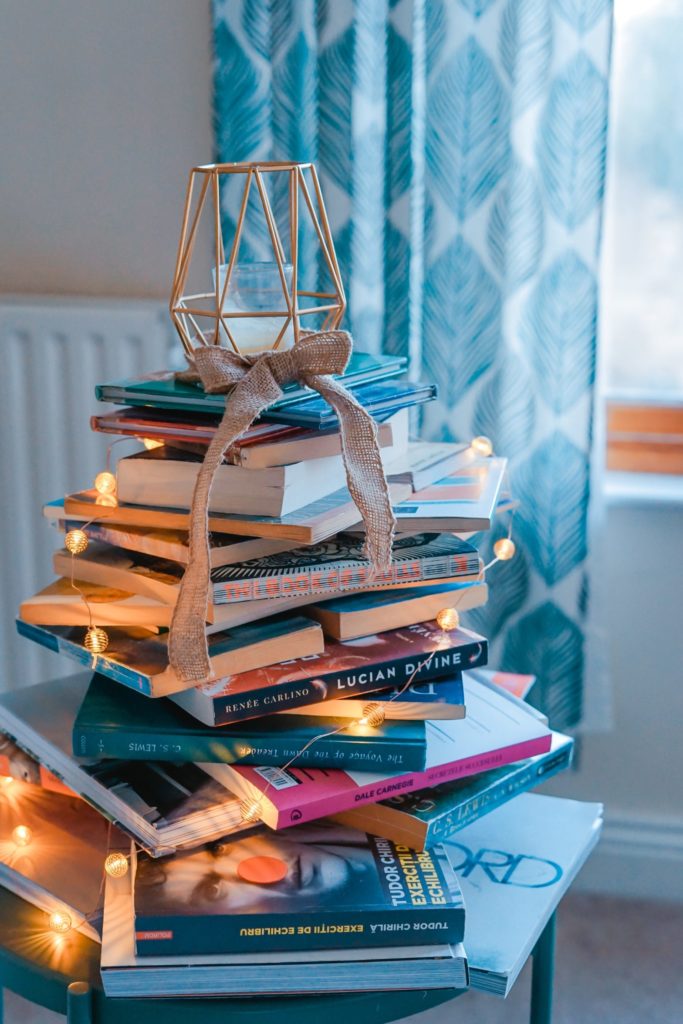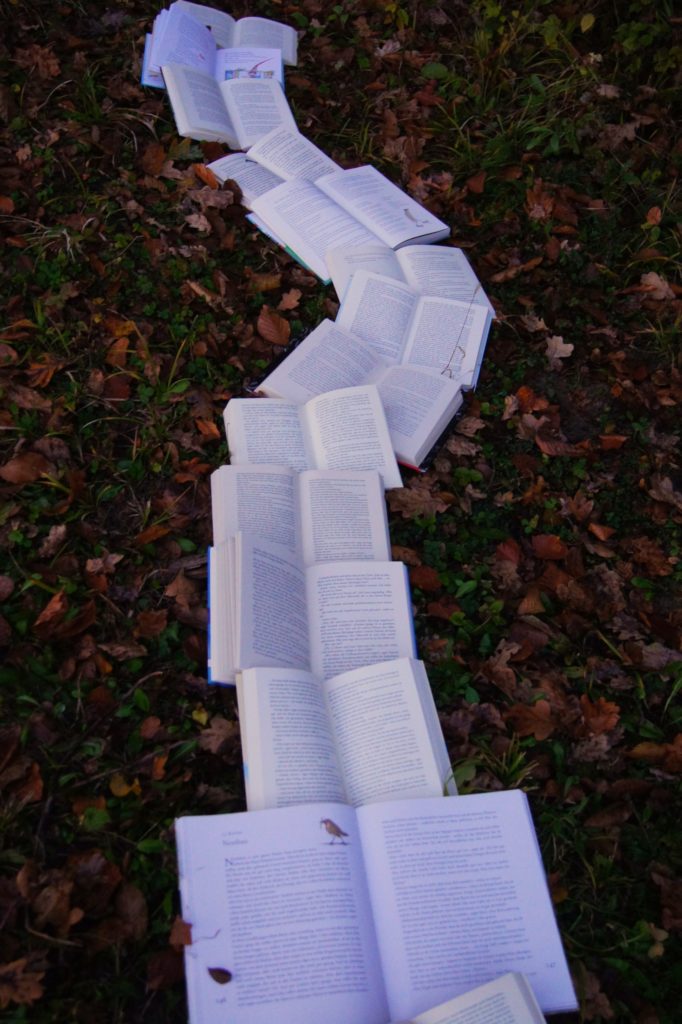Greek Mythology contains many heroes and themes, yet it also contains many Greek gods and goddesses. These gods and goddesses lived on Mount Olympus, which is the highest mountain in Greece. It is difficult to truly understand Greek mythology without having a background in the names and characteristics of the deities.
Most Greek gods and goddesses have commonalities with human beings. These commonalities include them being portrayed as men and women, powers that could be used on other deities or humans, and a desire for vengeance or pleasure.
This post will give an explanation of some of the major Greek gods, while information about the major Greek goddesses will be shared next week.
Zeus
Zeus is the king of the gods after overthrowing his father, Kronos, who was the king of the Titans. He fathered many children that are gods, goddesses, or half-bloods. As the god of the weather, the lightning bolt is his symbol and a means for him to influence others. Zeus is married to Hera, but he is known for being unfaithful to his wife.
Hades
Hades is the ruler of the underworld and god of the dead. Thus, he judges the sins of the dead during their mortal lives. He is Zeus’s brother and married to Persephone, who is tthe daughter of Demeter, the goddess of agriculture.
Poseidon
Poseidon is the god of the sea, horses, and earthquakes. Among his children are the horse Pegasus, the cyclops Polyphemus, and several demigods.
Apollo
Apollo acts as the god of distance since he is known for riding the chariot of the sun and working through the Oracle at Delphi. This oracle would guide heroes throughout their adventures by giving them a message. He is also the twin brother of Artemis, the goddess of the hunt.
Ares
Ares serves as the god of bloodlust and war. This god is known for having a temper and his attachment to Aphrodite, the goddess of love.
Dionysus
The god of wine and merriment was the son of Zeus. His symbol is the bull because of his associations with the sacred animal.
Hephaestus
Hephaestus is the god of fire and the forge. He is associated with craftsmen such as sculptors, carpenters, and metalworkers. His mother Hera threw Hephaestus off Mount Olympus at birth, so he is crippled. Additionally, he is the husband of Aphrodite, the goddess of love.
Hermes
Hermes is the messenger god and oversees many spheres of the human world. He is associated with music, luck, fertility, and deception. Hermes also looks over heralds, travelers, thieves, merchants, and orators.
Greek gods and goddesses have captured the imagination of many people and endured through Greek Mythology or adaptations. They represent the way that Greek culture thought about the world countless years ago.


